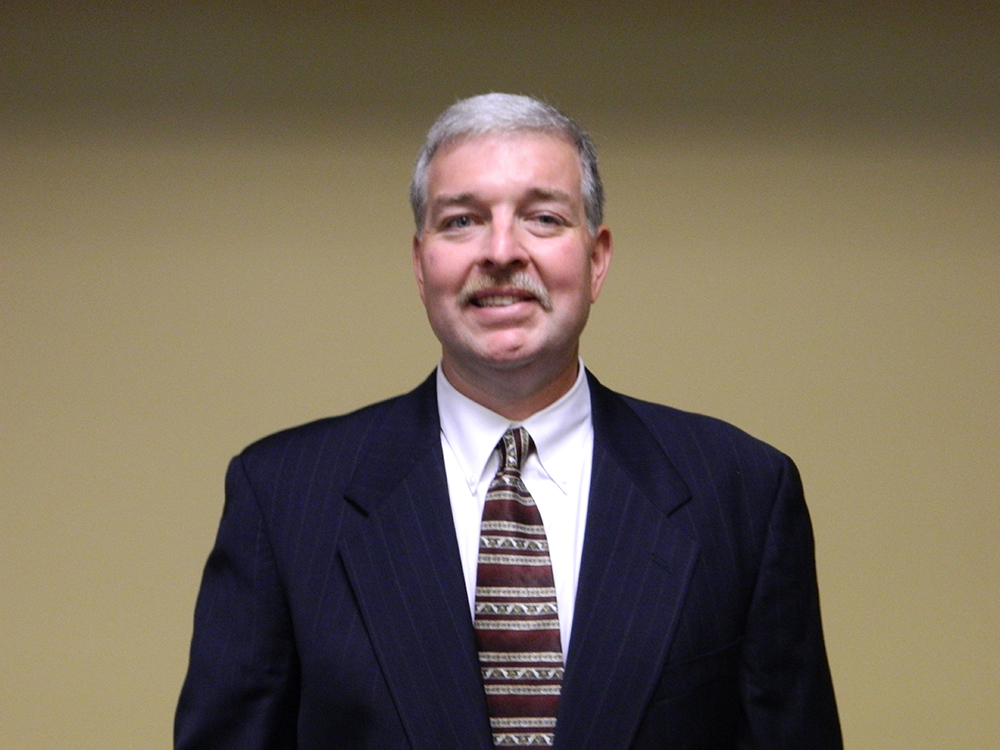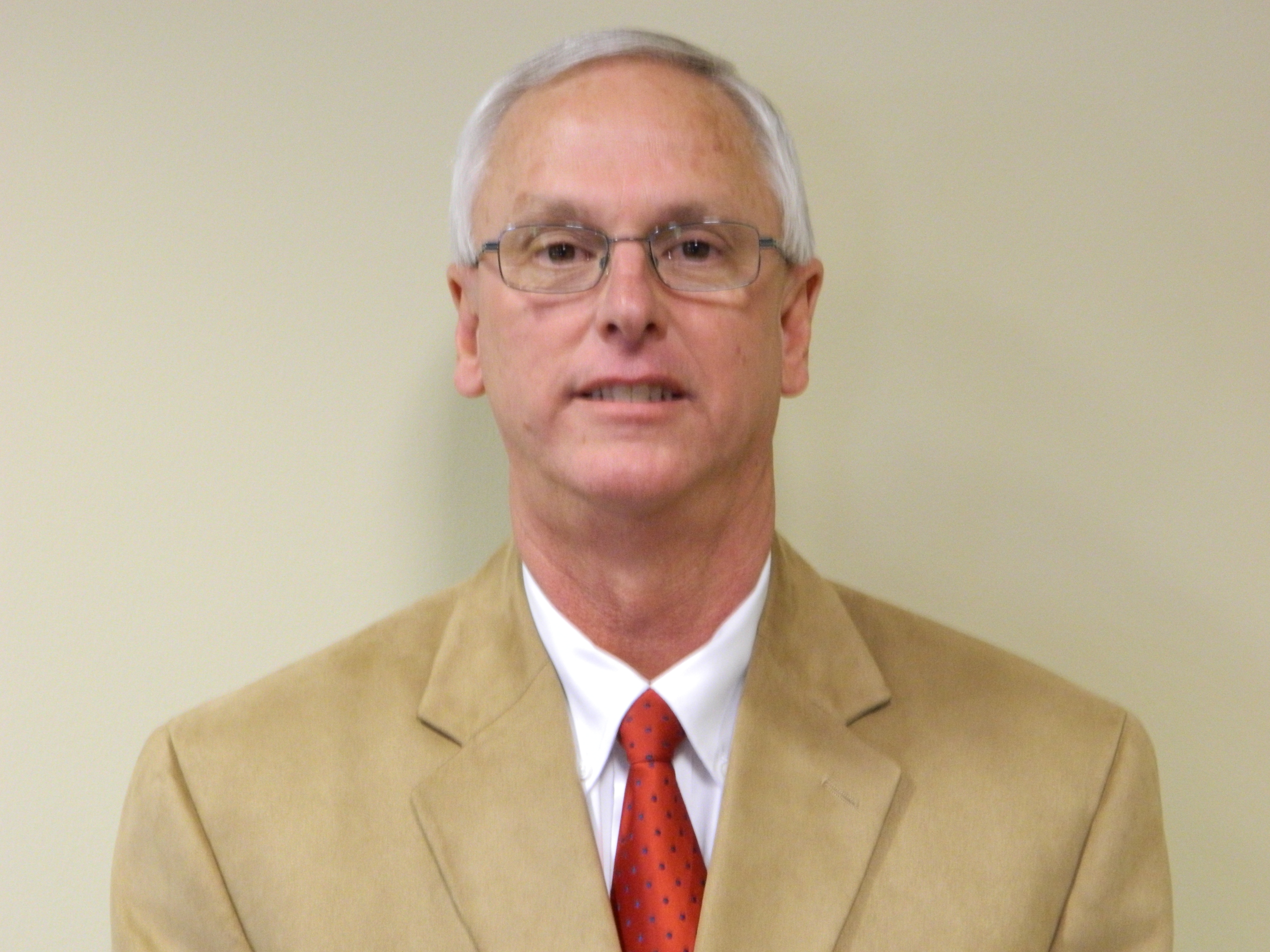Cleveland Utilities to launch next phases of sewer rehab project
Wednesday, February 5, 2014
CLEVELAND, Tenn. - Cleveland Utilities is ready to move forward with a 16-month plan to significantly reduce storm water inflow into the southern and western portions of the city's sewer network.
On Tuesday, the utility board approved a $4.8 million bid to rehabilitate or replace over 48,000 feet of waste water line and over 2,000 vertical feet of manhole access areas.
The winning bid, made by American Infrastructure Technologies Corporation, came in well under the $6 million that had been budgeted for the work, said Ken Webb, president and CEO of Cleveland Utilities.
Funding for the project comes from a $10 million loan package received through the Clean Water State Revolving Fund last year, said utility officials. The loan agreement included a $451,000 loan forgiveness clause and required a 5 percent increase to Cleveland Utilities' sewer rates in July 2013.
The rehabilitation work, which will mostly take place in areas near South Lee Highway and west of Keith Street, is all part of Cleveland Utilities' 10-year program for the "Strategic Commitment to Protect the Environment," otherwise known as SCOPE-10.
The program seeks to address "the worst of the worst" storm water leaks into the city's wastewater system, which can potentially cause sewage overflows, said Greg Clark, who manages SCOPE-10.
By targeting the worst inflow problem sites instead of all of them, SCOPE-10 funding achieves "the biggest bang for our buck," said Clark.
Much of the work will be accomplished without the need to dig up and replace damaged and worn wastewater pipes manually, said utility officials. Instead, targeted mains will be rehabilitated internally through the insertion and curing of resin-soaked fibrous tubes within them, through a method called Cured-in-Place Pipe (CIPP).
Over 2,100 feet of pipe will also be enlarged as part of the project, said Clark.
The areas receiving rehabilitative attention, called "basins" in utility terminology, comprise nearly 22 percent of Cleveland Utilities' water mains and almost 24 percent of its manholes, said Clark. Combined, they have 78 miles of sewer mains and over 1,800 manholes, he said.
Between 35 percent and 40 percent of the basins were assessed to be in need of rehabilitation, according to evaluations utilizing non-toxic smoke tests and video monitoring, Clark said.
System evaluations are also underway in the area defined by Wildwood Avenue and Inman Street, said Craig Mullinax, vice president of Cleveland Utilities' water division.
Cleveland Utilities also plans to seek contractors in regards to clearing heavy vegetation from wastewater system access sites, typically in non-residential areas, he said.
A pre-bid meeting for the maintenance and clearing services will be held on Feb. 6, with bids to be receive on Feb. 18, said Mullinax.
Paul Leach is based in Cleveland. Email him at paul.leach.press@gmail.com.


